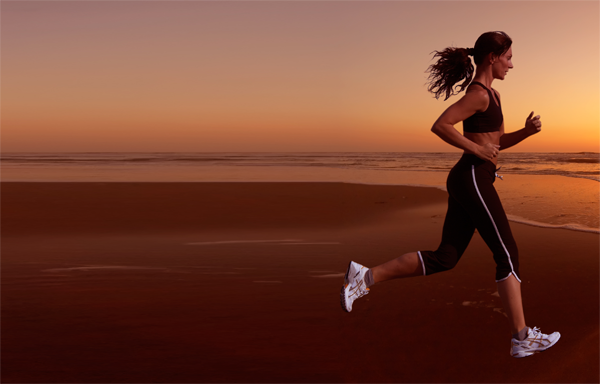Lead Room/ Looking
Lead room or looking room is where there is a picture where a subject is in movement and this is shown by the direction in which the subject is moving. When this happens, there is room on one side of the image for the subject to as suggested keep moving.
This picture shows you the direction of the subject is moving:
If the lead room is on the wrong side of where the subject is, then the image would be out of proportion as you can see from the image below:

The Rule of Thirds
Rule of thirds is about composition of filming. When trying to make a shot look good, you should always follow this rule. This rule splits the screen up into 9 equal sections which all go in thirds vertically and horizontally. You need to ensure that the main subject in the shots is on one of the lines which cross, this is shown in the picture above.
Depth of Field
Depth of field is when there is one main focus within the photo. This is where the camera focuses on one object while blurring out any background features. This is used to show importance of major significance to a story or a character.
Here is an example of depth of field:





